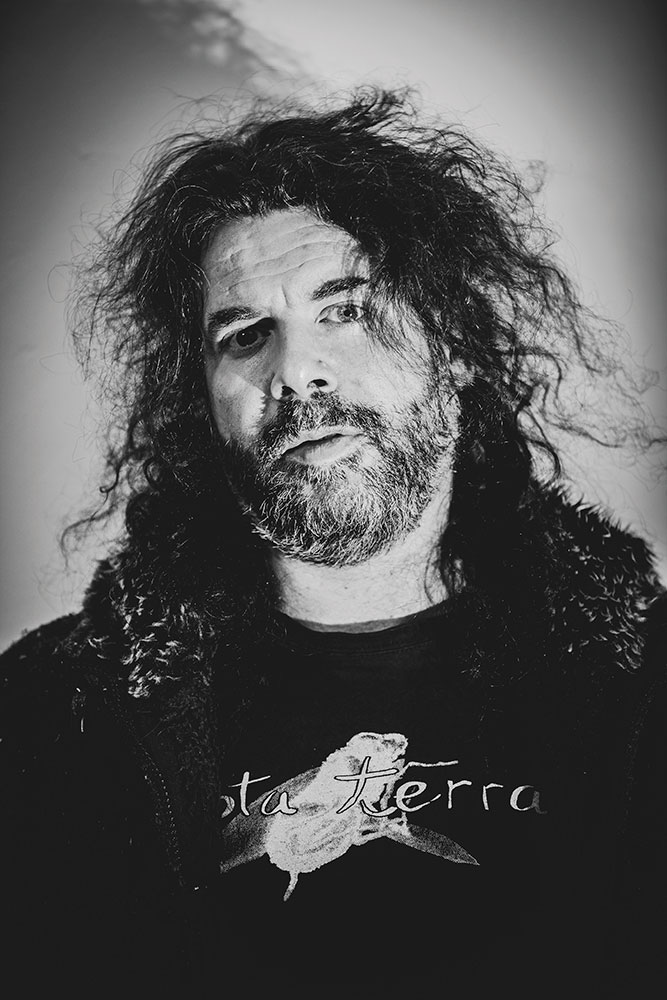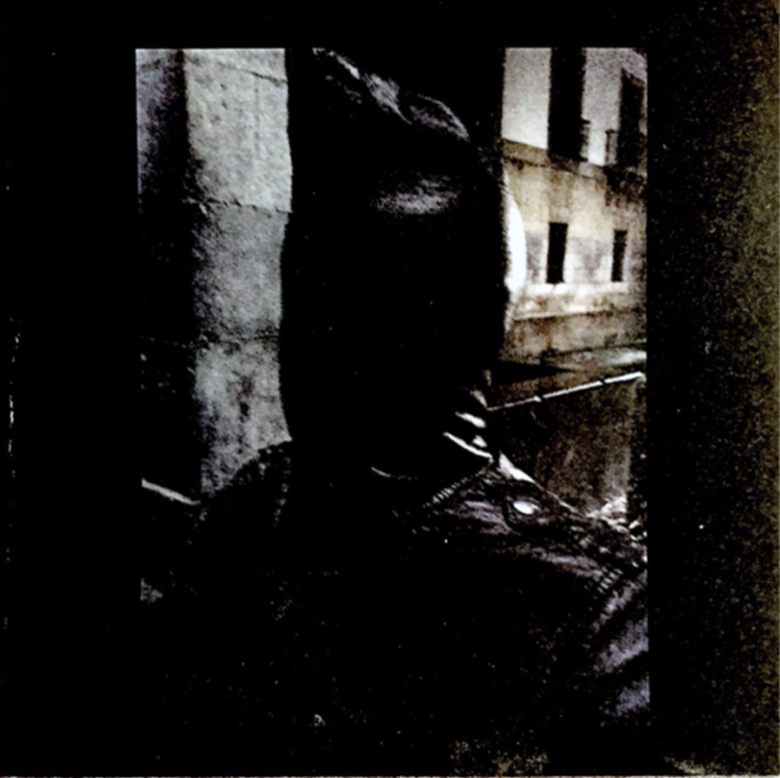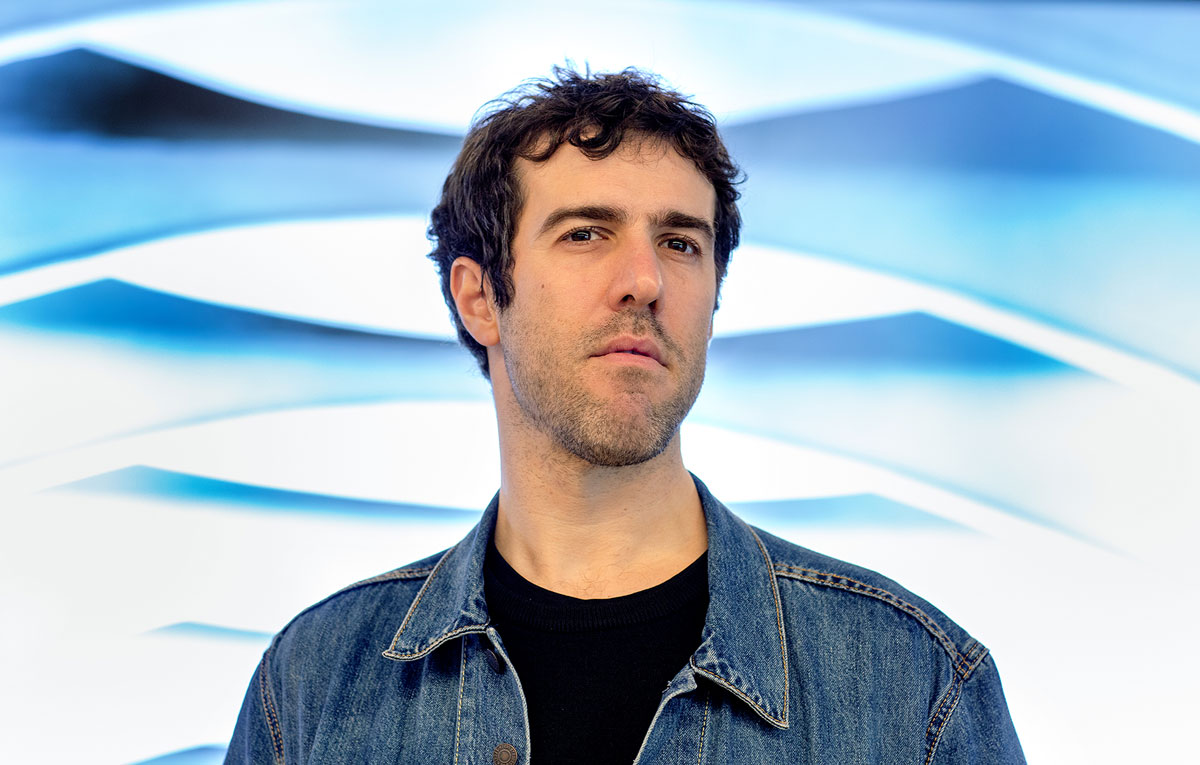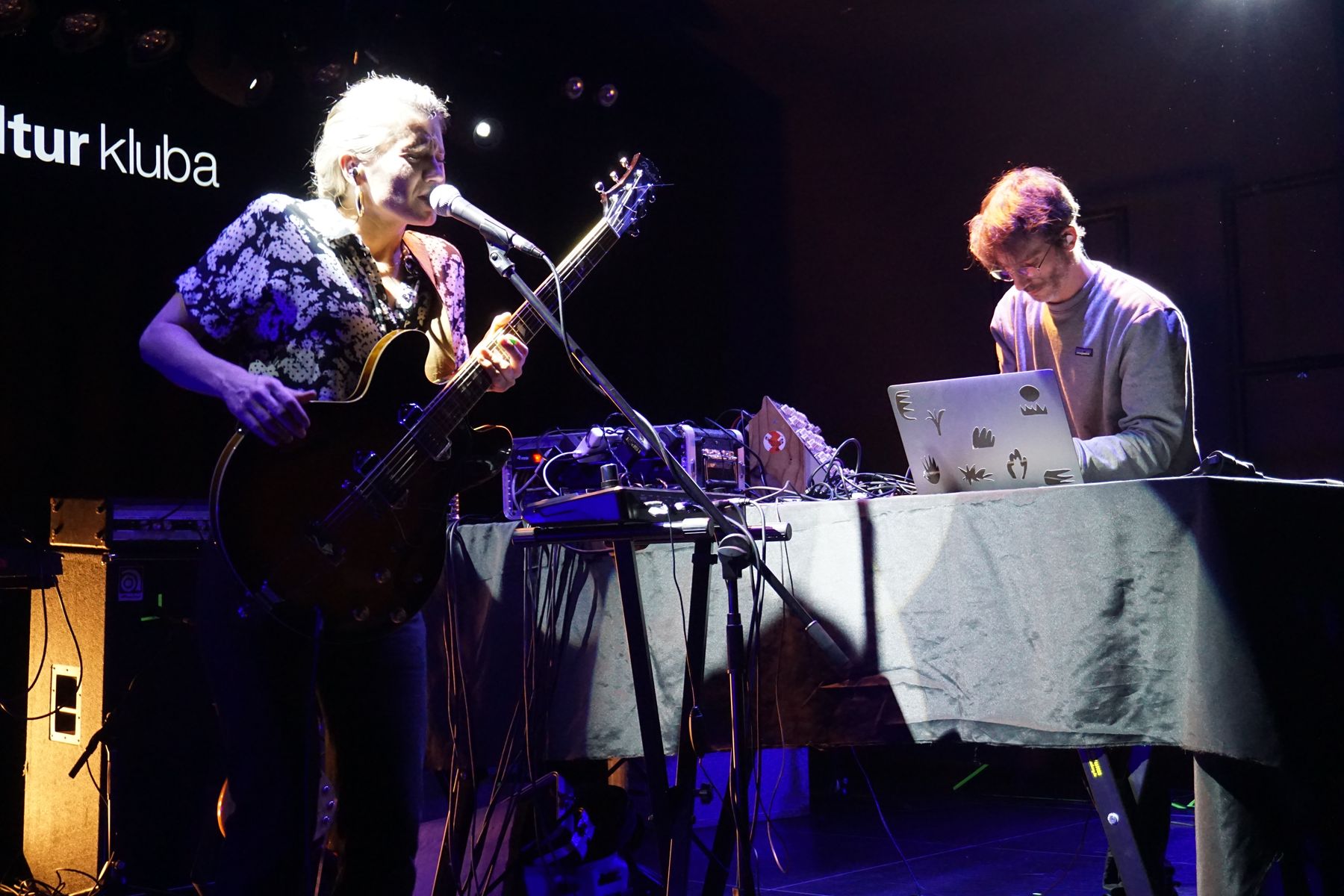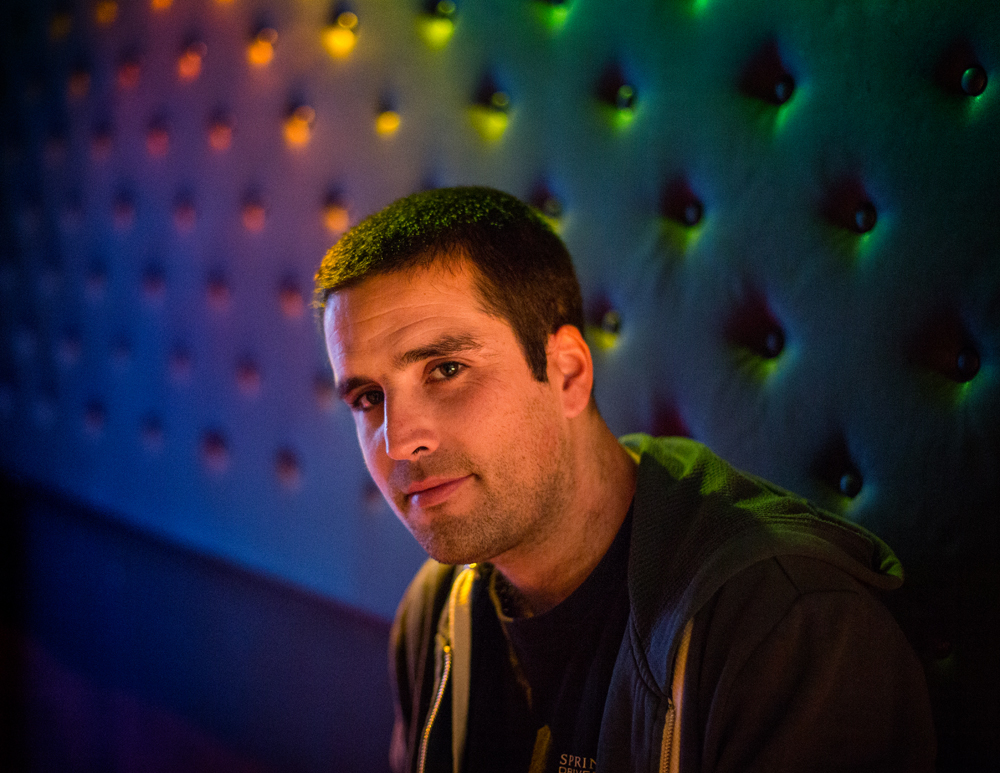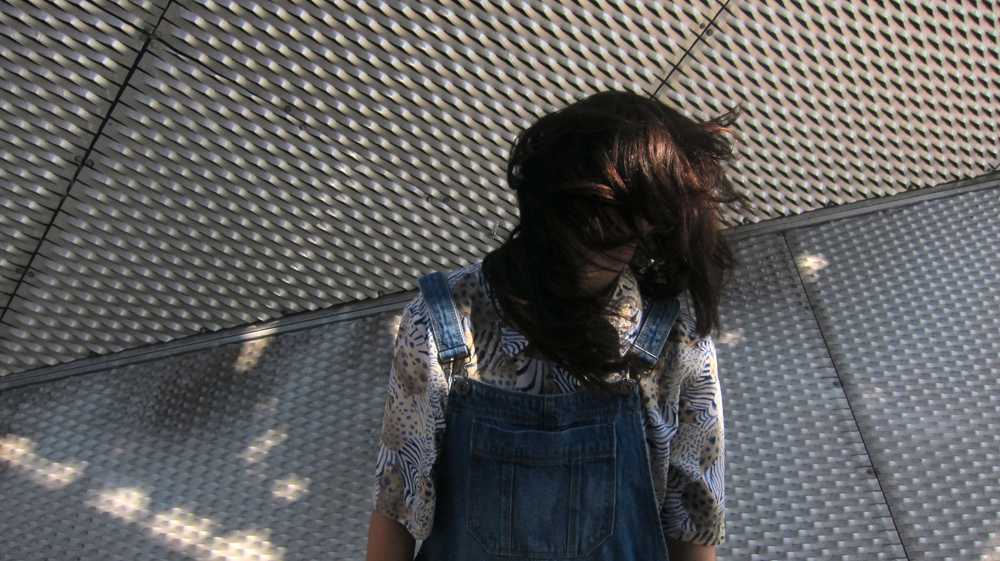"The music I want to make goes beyond sound."
- On June 28, Tabakalera organized an atypical concert within the Kinesthesia program: the logic of the movement. Occam Delta was the scene of the four-piece concert that sought the essence of the sound and music of Julia Eckhardt, Yannick Guédon and Emmanuel Holterbach, who offered a wonderful opportunity to get to know the works of Eliane Radigt: you will get to know this unclassifiable musician in the following lines through the interview made by Julia Eckhardt, who performed his works.

Eliane Radigue was born in 1932 in a family of small traders and grew up in central Paris. The road that led to music was not linear; she took piano courses with Mrs. Roger, whom she adored, but she went to live in Nice after getting married very young to the artist Armand. At 23 years old he was the mother of three children, and in his little spare time he was dedicated to doing what he describes as “musical DIY.” The discovery of concrete music through radio, electronic music produced through the recording of sounds of objects, led her to a more fruitful path. The works of Pierre Schaeffer and Pierre Henry, grandparents of this type of music, gradually pushed towards electronic music, working with synthesizers and feedback, and collaborating with acoustic musicians, with 72 uts.
We've done this interview at Eliane Radigue's house. I am going to visit it frequently for a few years. At first it was just to work on my Occam, then to create together several pieces, and lately to tell me your life, your creations and your reflections. When his health still allowed him, we made a few trips together and for years he has become my friend.
Eliane lives on a small floor in the 14th District of Paris, a short walk from Daguerre Street where Agnes Varda installed his “own” beach for Les Plages d’Agnes. Small shops, architects’ offices and small bookstores give it the look of Paris in the past.
The chatters in his apartment relate a life full of interests: photographs of a large family, books and magazines that reflect his interest in culture and science, some paintings and sculptures, and many plants. Elian has a armchair when we rehearse as his fixed corner and take compulsory tea. Even when we talk.
How did you discover concrete music?
“I understand sound as an autonomous life that must be respected”
It was in the 1950s, my children were still small. When I was taking care of them in the morning, I heard radio. He lived in Nice, near the airport. At that time there were six flights a day, one of them a large long-distance plane flying at night to Saigon. The planes still had propellers and sounded very interesting. I could tell the difference between them. I liked to hear the planes, it was like a game. One day I heard on the radio an issue of Pierre Schaeffer and Étude aux chemins de fer, concrete music.
After that discovery, by a fortunate chance you faced Pierre Schaeffer, which provoked your admission to specific music studies. There he also collaborated with Pierre Henry.
Yeah, that's where I started cutting the magnetic tape. We both worked, Pierre Henry made me cut the tape. I learned how to make long jackets, to get the right arrangements, and very short ones, to get attacks. I learned a lot from Pierre Henry. Pierre Schaffer was coming at night to inform him of the work we did.
Then you worked with feedback, and from the 1970s, you started composing the synthesizers you met when you were in the United States. One of these works is Kaliasha, the second part of Trilogie de la Muerte; it is made with the ARP synth, that was your instrument for many years.
“What interests me in music cannot be palpated, it is what cannot be measured, what cannot be theorized, so it is very difficult to talk about it”
Yeah, but all the time I worked with feedback, I called them a sound proposal, because I didn't want to discuss whether that was music or not, because to be a composer, you have to make music. I didn't call myself a composer until my friends declared to me.
Almost 15 years ago, he started collaborating with musicians who work with acoustic instruments. The first was Elemental II and then three with the Naldjorlake cycle. It is the first impression, which is a continuous sound that unites the two eras.
Continuous sound is a medium, not an end in itself. The music I want to make goes beyond sound. There are connections. However, I sincerely believe that I would not have been able to develop the music that we are now doing had that long period of electronic music not passed before.

In 2011 you started the endless cycle of Occam, in which you first know each musician with one, and then compose together pieces. Not all your acoustic parts are transmitted with sheet music, but verbally and with images. What's the point of this cycle?
“I look for that agility, which leads us to a kind of sound magic, which sharpens all perceptions.”
The first ideas are waves. The first source of inspiration for the Occam Océan series emerged when I discovered, in the 1970s, at the Museum of Natural History of Los Angeles, a long tape representing the lengths of the known electromagnetic waves, from the wavelength to the Sun to the X-rays, to the Gamma rays… Finally, beyond these two extremes are the color waves farther away!
When we work, your mantra is that it has to be available. What do you mean by that?
That with this music you can never force things. It's not a music where it's best to play as much as possible. You have to know how to stop. Being available is being completely open, being prepared for the sound you create and believe. I mean, the structure is there, but within that structure, everything immeasurable has to develop evolution, the development of sound. When it goes well, we stay there, we find the articulation, we chain what comes next at the right time. But if there's a little problem, then, well, what we're still trying to do is find the articulation faster. That's available, it's available in nature itself. It's as if I understood sound as an autonomous life that needs to be respected. What I'm interested in cannot be weighed, it's what you can't measure, what you can't theorize; that's why it's very difficult to talk about.
How would you describe what you're looking for in music?
Summarizing what I like, it's that agility, which brings us to a kind of sound magic where all perceptions are sharp, even physically, at all levels. Music says a lot of things that words can't say, not even through poetry. What comes closest is poetry. Poetry says more than it says the words it uses, because if you take the same words and put them in another order, even if they want to say something, surely they will no longer be poetry.
I could write this chronicle beforehand, although the sensory experience of the nightclub is difficult to describe in a few characters. The hegemonic discourse has also prevailed in manifestations outside the cracks of official culture. The story of what happens in the... [+]
Munduko bazter ugaritan utzi du bere marka musika elektronikoko musikari eta DJ bezala; ezabaezineko lorratza da El Txef-A-rena, baina aldi batez bere alderdi hori isilarazi du, barneko musikari heterodoxoari ate-leihoak zabaltzeko. Markak filmerako egindako soinu bandatik... [+]
Lumik eman digu neguko haize eta hotzari aurre egiteko aukera. Itzal zikinak lan berria aurkezten aritu dira Orbeleko lagunekin, aretoa erdi bete erdi hutsik zutela. Bertaratu ez direnen kalterako. Zoragarria izan da.













